Castile Soap: 13 Reasons Why You Need It
I have 13 reasons why you need Castile Soap! Castile soap has been around since the late 1800s and originated in the Castile region of Spain in Europe. With all the emphasis on home health and sanitation, but also a proliferation of skin and other beauty products, I wanted to update this post from years ago.
If you didn’t already know, Castile soap is completely different from the traditional soap that you’ve been using for decades. Instead of being made from animal fat, castile soap is made from simple plant-based oils mixed with water and often lye. It can come as solid soup or in liquid soap form. It’s basically a vegan product that is a gentle disinfectant, but not an antibacterial soap since the bacteria is caught up in the oils and discarded when your skin is rinsed and the germs washed down the drain.
Castile soap has some advantages over others and we’ll discuss things like being vegan in its makeup, it is versatile in how it can be put to use, the soap really lathers up, it is natural and non-toxic, biodegradable, non-poisonous, safe for babies and pets.
In other words, it removes bacteria but doesn’t necessarily kill all of them. So, let’s get to know more about this soap and several ways you can use it around the house. What is castile soap? How do you use it? Dr. Bronner’s Soap
Castile Soap: 13 Reasons Why You Need It
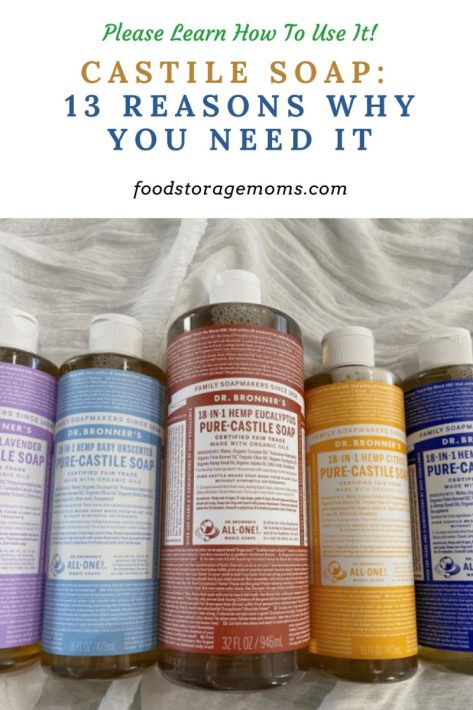
Benefits to Make a Switch
1. It has a Minimal Impact on the Environment
Are you wondering what castile soap is and why you should consider using it? I’m hoping today’s post can help answer your questions.
One reason why you should make the switch to Castile soap is that it has minimal impact on the environment since it doesn’t contain the chemicals typically found in detergent soaps like your laundry detergent and dish soap.
Many soaps that we use contain toxins and chemicals, and we don’t fully know the long-term effects that they may have. Studies have shown that these chemicals that we allow on our skin for personal care can actually prove to be somewhat dangerous with continued use.
2. Safe For Sensitive Skin
While Castile soap is a strong cleanser, it’s also very gentle. That means that it works great on your skin, even if you have skin allergies or sensitive skin. If you have sensitive skin, I’d suggest you purchase a brand of castile soap that doesn’t include lye as an ingredient. Using Castile soap will keep you from having any break-outs or rashes like many traditional soaps can cause.
3. Multipurpose Cleaning Agent
Get tired of having to buy all those different cleaners that only work on a select few problem areas around your house? Instead of having a cabinet that’s filled with sprays and different household cleaners, choose to use Castile soap. It’s versatile and fills a wide range of uses around your home.
There are a number of recipes available to make various cleaning agents or personal care items using castile soap and things like baking soda, hemp oils, tree tea oil, essential oils, coconut oil or organic coconut oil, borax, apple cider vinegar, and more.
The results from these recipes were liquid castile soap or grated castile soap bars could be added with the items above to make laundry detergent, bath soap, body wash, toothpaste, dishwasher soap, cleaner for make-up brushes and hair brushes, dog shampoo, floor cleaner, window cleaner, etc. as discussed below.
Castile Soap’s Many Purposes
4. Shampoo or Body Wash
Instead of having to go out and buy a bottle of shampoo and also a bottle of body wash, how about using Castile soap instead? It’s like a 2-in-1 deal. If you happen to have sensitive skin, Castile soap is a great body wash to turn to.
If you happen to have died your hair through a colored hair treatment, that color-treated hair can be adversely affected with this soap, you don’t want to use Castile soap as it’s presently made. It can cause the colors to bleed out, leaving you not very happy.
Your pets will love how the castile soap used as pet shampoo feels on their hair or fur, and with some added oils, it will make you happy with the pleasant smell. It should remove the grime that pets often get from playing in the yard or garden. It rinses well, leaving your pet with very little, if any, residue.
5. Shaving Cream
Castile soap lathers up nicely and leaves a clean, smooth shave without irritating the skin. That lathering action will tend to soften the whiskers and make the shaving chore easier.
6. Brush Your Teeth
Looking for another way to put your Castile soap to use? Experts say that you can even brush your teeth with it, as it will leave your mouth, tongue, teeth, and gums clean and fresh. There are add-ons to consider, like coconut oil, stevia, and some flavorings like peppermint, spearmint, or anise oil.
7. Laundry Soap
Using only half a cup of Castile soap can help with your laundry tasks, and possibly prevent your clothes from causing you to break out.
8. Dish Detergent
Not only can you clean your laundry with it, but also use it to clean your dishes in an all-natural way. It only takes a few drops of it to have those dishes shining in no time.
9. Countertop Cleaner
Castile soap is a cleaner that is safe to use on a number of countertop surfaces. Simply add ¼ of a cup of Castile soap, with 1 qt of warm water, and mix them together in a spray bottle. You can use it on a number of surfaces around your home.
10. Cleaning Windows
While Windex and other window cleaners certainly do a good job freshening and shining your windows, these spray cleaners can’t do much else.
Instead of having to pick up a bottle from the store, Castile soap can do that same job for you, and several other tasks as you have already seen.
Use 1 tablespoon of Castile soap and add it to 1 quart of water. Then you can rinse it off using soda water, and dry your windows with newspapers, paper towels, or a microfiber washcloth.
11. Insect Repellent for Plants
The soap has been proven to keep bugs, worms, and flying pests away from your vegetable garden. Simply spray your plants, and you won’t have to worry about insects munching on your valuable vegetables again. Vegetable oils of different kinds have been the base for plant pest control for some time now.
12. Fruit and Veggie Wash
Using Castile soap is an effective and safe way to wash your veggies. You can rest assured that no toxins will be on your vegetables after they’ve been washed. Vegetable-based soap products make you feel comfortable and confident that you’re doing your best to not only keep your home and its contents clean but also protect your family from harmful toxins.
13. Cleaning with Castile Soap and Vinegar
White vinegar is a cleaning agent that works well alongside several other cleaners, it does not work well mixed with Castile soap. That’s because the vinegar breaks down the soap, returning it to its original oily state. Basically, you’ll be left with an oily substance that’s ineffective, on top of what you’re trying to clean.
You can use both cleaning agents while working on cleaning up an area, just make sure that you clean with the castile soap first, and then wash it off. Now you can use vinegar to help remove any other traces of dirt or stain.
What to Know When Heading to the Store
Best Brands to Buy
If you’re looking for the very best Castile brand soap out there, we recommend you get a bottle of Dr. Bronner’s, which comes in many different scents.
You can get it in peppermint, rose, lavender, and almond fragrance. It also works great if you have sensitive skin, or while using it on those tender parts of your body.
Be Careful When Buying Castile Soap
Here’s a word of warning when you head to the store to pick up your soap. Just because it says on the box that it’s Castile, doesn’t mean that’s what you’re getting. Some companies out there still like to sneak in other ingredients such as sulfates, artificial fragrances, and triclosan into their mix. Check the contents/ingredients so you can feel comfortable that you’re getting what you really want.
Final Word
So, now that you have a better understanding of what this soap is, are you considering making the switch to it? If you’ve used castile soap for a number of functions in your home, tell us about how you use it.
I hope this answers your what is castile soap questions! May God Bless this world, Linda

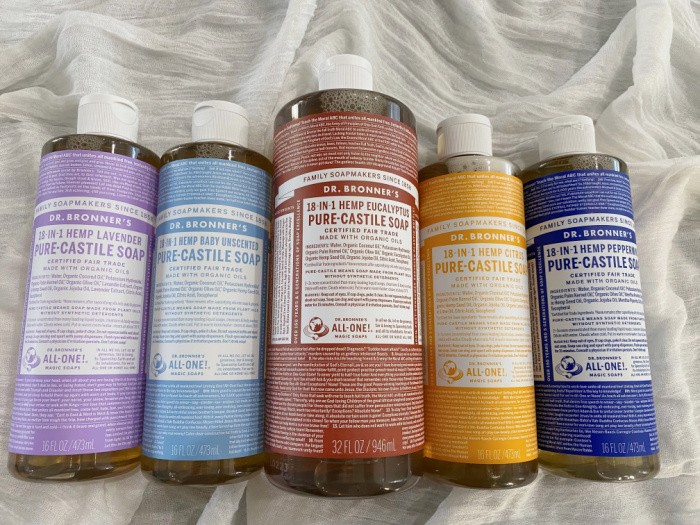

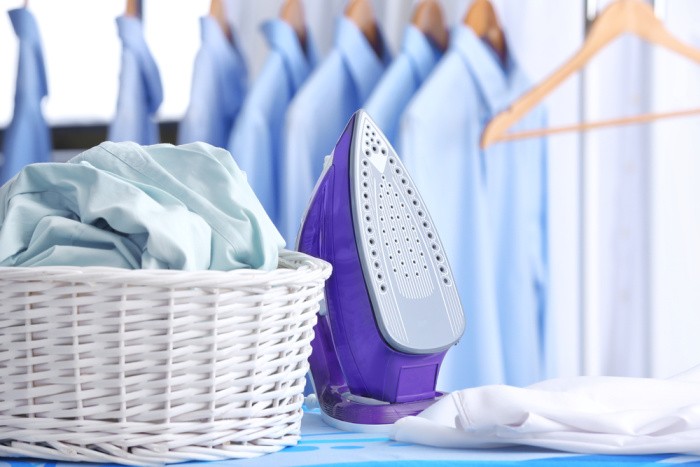
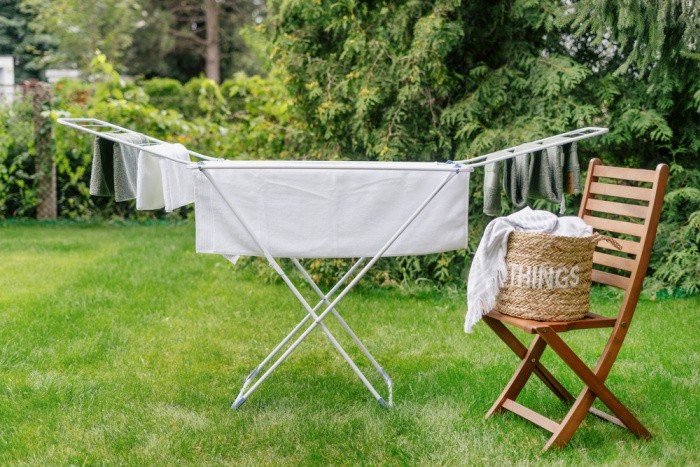
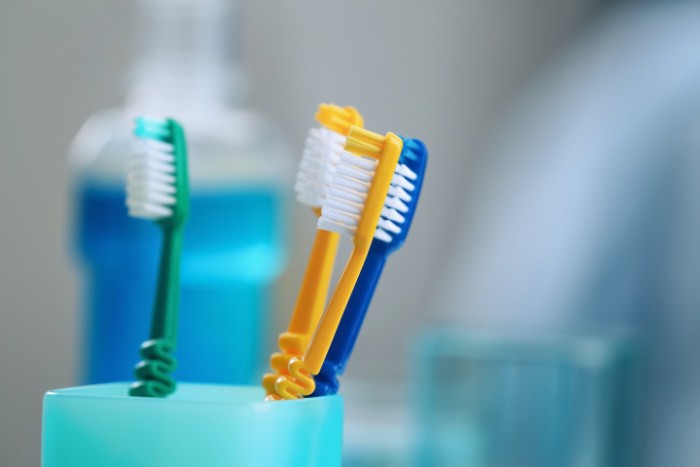
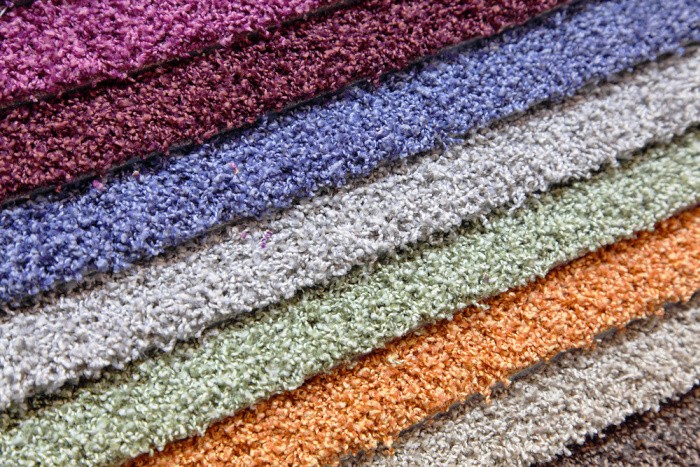
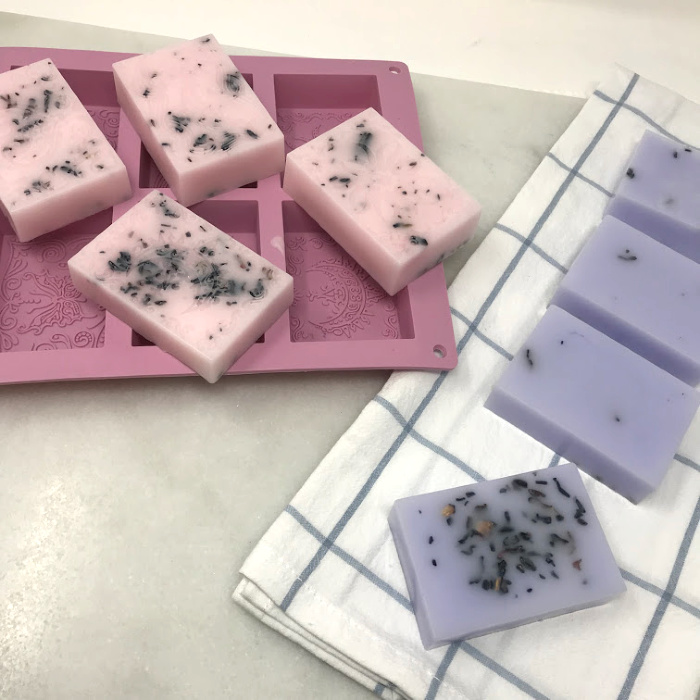
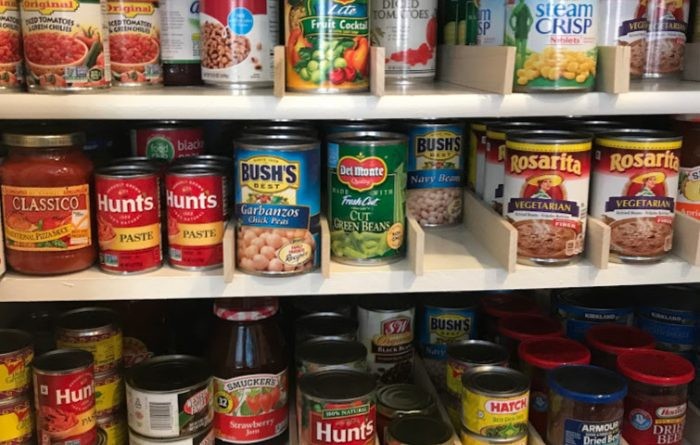














I use Bronner’s mostly for making our own foaming soap. I like it , but I don’t care for the scents. Most of them smell the same to me. I finally bought the “baby.” I know one can add essential oils but that increases the cost. The citrus isn’t too bad, but nary a rose petal is in the rose. 🙂
Hi Diana, I like lemon and lavender. I’m not much for rose smells either, except outside in my yard. LOL! I will try the baby one, that’s a great idea. Linda
HI Diana, I thought I’d let you know that they come in a wide range of scents and even plain old unscented, I searched the other day because I have several small bottles of the Hemp/Almond and really don’t like it. I also have a Peppermint bottle and it smells much better. I found a website that sells from the smallest bottle, less than 4oz, to gallon jugs. I found that it also comes in a citrus scent. Check out the search engine of your choice and see what you find. I think you’ll find something you might like. Good luck. I use what I use what I have at the bathroom sink to wash my hands.
Another endorsement for Dr. Bronner’s. I like the lavender, too–and have also tried the hemp tea tree, a rather neutral “clean-fresh” scent. What’s the “baby” like? Is it unscented, or like baby oil or baby powder?
And another use for castile soap (solid or liquid)–it cleans leather beautifully. Use as little water as possible, work over the leather to suds out the dirt. Then wipe over with a clean damp sponge or cloth to remove any remaining soap. The leather will generally need a conditioner since the soap does remove some oil, and of course in the case of shoes/boots, re-polishing once completely dry.
Oops, should have added that I meant cleaning smooth or full-grain leather. I haven’t tried it on suede, although I suspect it would work. I know many years ago a tack store owner (from whom I learned many good tips!) said to use Woolite on a suede coat, so I can’t believe Castile soap would be any more damaging–though he did say to put a capful or two of Lexol leather conditioner in the final rinse to keep the suede supple.
Hi Rhonda, great comment about the suede, Linda
Hey Linda, this is nice to know. I have a pair of suede winter boots that need a good cleaning and I think I’ll see how well it works. thanks for this info. I’ll let you know how the turn out.
Hi Pamela, I would love to hear how they turn out! Linda
Hi Rhonda, I love hearing this. I have used it on my leather couches, I need to grab a bottle of the hemp tea tree one. Love it! Linda
Baby is Unscented.
Hi Davette, yes, I thought maybe some people would like the unscented version. I like most all the scents but I realize some people like unscented soap. Great comment, Linda
I use the peppermint Bronner or washing my salad greens. Lavender out in the yard. I wonder if a squirt of two of the peppermint might keep mice away?
Hi Linda, great tips on the peppermint and lavender. It would be worth a try using the peppermint for mice!! Linda
Now I am thinking that some castile soap bars might be a nice Christmas gift and maybe something to keep on hand to present to anyone who shows up or people I just happen to like and want to give them something.
Maybe that and a good book on prepping by our website hostess. 🙂
Oh Frank, you are so darn cute!! You know I love your comments! You made my day, my friend, Linda Happy Holidays!
I’ve been using Dr. Bronner’s since 1978, but I recently mixed it 50/50 with water in an empty foaming hand soap container & voila! Rich, creamy, non-toxic, cruelty-free soap that doesn’t dry out our skin. I love the citrus best, and I’ll never use anything else again. Also, because it’s so concentrated it takes up less room to store.
Hi Roxanne, I want to buy a foaming hand soap container and do this!! Great tip! Linda
Thank you Linda! My daughter in law has been using this soap, so I figured I’d give it whirl. I hadn’t seen this before I bought it, but I certainly got ideas I never would have thought of. I love your posts!
Hi Gabby, oh thank you so much! The nice thing about Castile Soap is it goes really far by being diluted!! It’s all about saving money! Stay safe, Linda
I recently found some on Walmart – free shipping and cheaper than Amazon right now which is a GREAT thing! Thank you so much for sharing these posts.
Hi Martha, WHAT? Walmart sells Castile soap?? I love hearing this, thank you for letting us know!! Thank you for your kind words.Linda
I love Dr Bronner Castile soap. I have liquid almond scent and the solid in unscented. I did buy some unscented liquid in a pump bottle that can be used to was shampoo, body wash and everything else. Love it!
Hi Deborah, oh I need to try the almond scent!!! I need to look into the unscented pump bottle! I love the stuff! Linda
Hello my friend! Once again I’m sending you a bunch of words. I know most of the properties for using Castile Soap, I noticed while scrolling down to send this to you my comment on cleaning my UGGs is still up. They are still clean and ‘shiny’. I’ve run out of the soap I had on hand and need to reup. I’m kinda busy trying to get things done around the apt as best as possible, not doing to bad at it either. I’m saving this article, as I do most of your articles, and need to find someone that has reasonable prices for this poor old retired lady now. Thanks for being there when you knowledge and tutelage were needed.
I hope you’ve gotten more snow. All we’ve had here is rain, rain, and more rain, but thankfully we’ve needed it. Take care, my dear. Have a wonderful holiday season, stay warm, keep up the good works.
Pamela
HI Pamela, I try to update old posts, but I like to keep the comments like yours so others can see how you cleaned your UGGs, etc.!! We all learn from one another, that’s why I love my readers and this “forum” so much. Happy Holidays, my friend! Linda. P.S. We got about 4 inches of snow this morning.
Dear Linda, as a soapmaker myself, I want to address the lye issue in soapmaking. It is a common misconception that lye is not used in very gentle – or any – soap.
ALL real soap technically contains lye (to start with!). It is used at the beginning of the soap making process to induce the chemical reaction called saponification (between the alkali substance and the oils). Without lye (e.g. – sodium hydroxide for solid soap, potassium hydroxide for liquid soap, such as Dr. Bronner’s), there is no soap. Superfatted soap has more fats(oils) than the lye can react with, so the lye is completely used up in saponification. By the end of the correctly-made process, the lye and oils have been converted to soap and glycerin, so no actual lye remains. In other words, no lye is in the end product that we use on our bodies and elsewhere.
By the way, many commercial soaps are actually detergents (I have noticed that detergent soaps rinse off so much faster than my homemade soaps).
I am sending two links that might help explain more fully, if I may do that.
http://www.earthoria.com/does-100-non-chemical-soap-exist-no-lye-is-always-used.html#:~:text=Dr.,cannot%20be%20made%20without%20lye.
https://www.chagrinvalleysoapandsalve.com/blog/posts/is-there-lye-in-natural-soap-wont-it-harm-my-skin/
Hi Patti, thank you so much for sharing your knowledge. I have only made Melt and Pour Soap, which isn’t REALLY making soap, but it’s fun! I love this! Linda
We have used Dr. Bronner’s Castile Soap in the past. Especially, our adult son liked it because it was gentle on his skin. However, we had to ask him to find something else, because Dr. Bronner’s always left a yellow-gold mess all over the bottom of the shower and on the ledges, too. I still have plenty in storage, though, should SHTF one of these days.
HI Joyce, wow that’s a new one! We all use Dr. Bronner’s soap in the shower/bath. We have never had any yellow/gold mess left behind. Wow!! I learn something new every single day! Linda
If you have a foaming hand soap dispenser, you can put a little Dr. Bonner’s liquid soap in the bottom and add lots of water. It makes great foaming soap.
HI Janet, oh I will try this for sure! I love their soap and a foaming soap is awesome! Linda
I love castile soap! I make my laundry detergent and foaming soap with it. Gotta say – never tried it for brushing my teeth – don’t think I’ll try that one! LOL. Thanks for the great tips as usual Linda!
Hi Beth, I love hearing this! I may buy a few bars of it and make my laundry detergent. Duh! Why didn’t I think of this!! Thank you, Linda
I meant to say I use the citrus scent – clean smell and mostly use bars as opposed to the liquid. I also buy it by the case!!
HI Beth, oh I love the Citrus scent! I love it hearing you buy it by the case! Linda